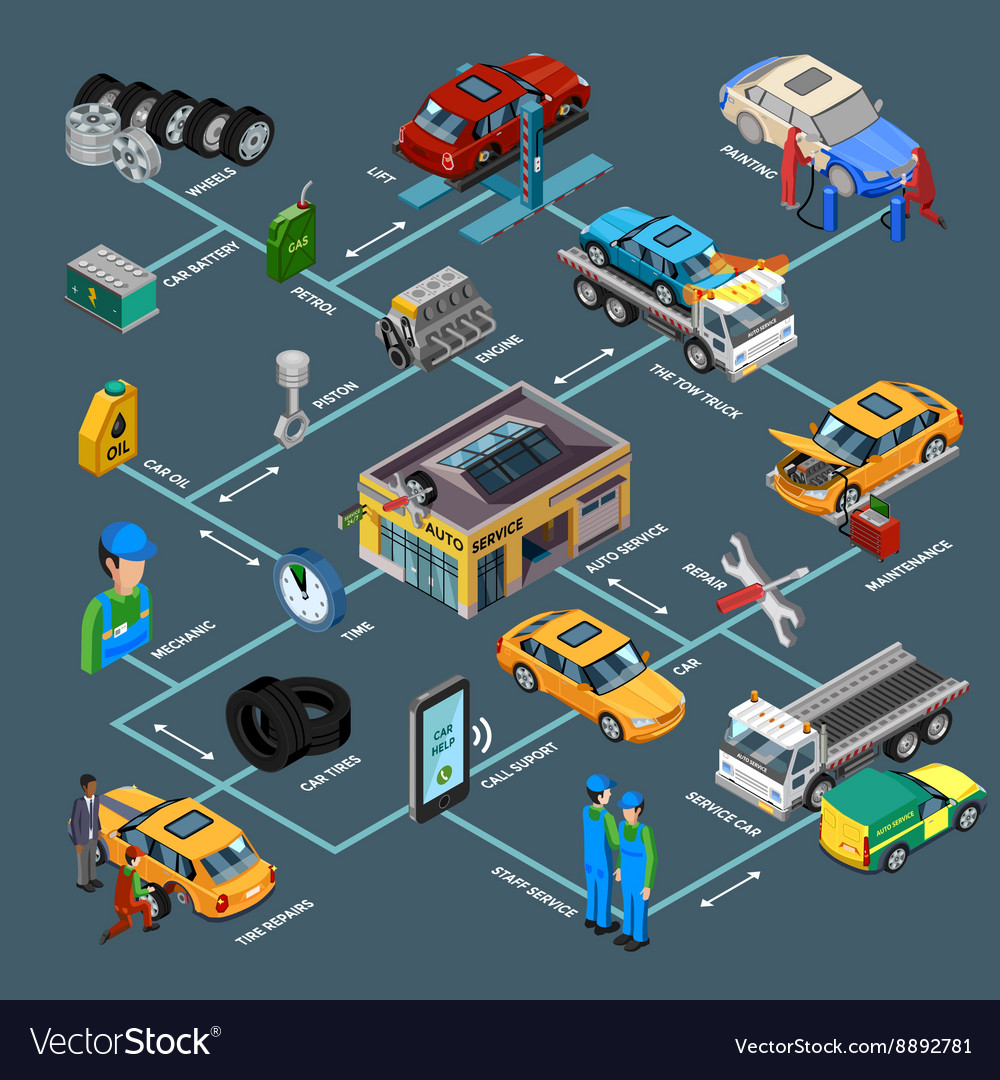Looking For Clarity On The Warning Lights Displayed On Your Vehicle'S Control Panel? Figure Out Exactly How They Connect To Your Vehicle'S Health And Wellness
Looking For Clarity On The Warning Lights Displayed On Your Vehicle'S Control Panel? Figure Out Exactly How They Connect To Your Vehicle'S Health And Wellness
Blog Article
Uploaded By-Lim Corbett
When you lag the wheel, those glowing warning lights on your dashboard can be a bit perplexing. Do you understand what they're trying to tell you concerning your auto's health? Recognizing the significance of these lights is crucial for your safety and security and the durability of your lorry. So, the next time one of those lights pops up, would not you want to analyze its message accurately and take the necessary steps to address it?
Common Caution Lighting and Interpretations
Identify usual caution lights in your car and understand their definitions to make certain risk-free driving.
https://angelopkfys.dailyblogzz.com/32642947/eco-friendly-auto-outlining-products-you-must-try consist of the check engine light, which indicates problems with the engine or exhausts system. If this light begins, it's critical to have your lorry inspected immediately.
The oil stress cautioning light suggests reduced oil pressure, requiring instant interest to prevent engine damages.
A flashing battery light may recommend a malfunctioning charging system, possibly leaving you stranded otherwise addressed.
The tire stress surveillance system (TPMS) light notifies you to low tire pressure, impacting vehicle security and gas efficiency. Ignoring this could cause dangerous driving problems.
The abdominal light indicates a problem with the anti-lock stopping system, compromising your capability to quit swiftly in emergencies.
Finally, the coolant temperature level warning light warns of engine getting too hot, which can result in severe damages otherwise settled promptly.
Comprehending these common caution lights will help you deal with problems quickly and maintain risk-free driving problems.
Importance of Prompt Focus
Comprehending the common caution lights in your car is just the initial step; the relevance of immediately attending to these cautions can not be stressed enough to guarantee your safety and security on the road.
When interior shampoo car wash near me illuminates on your control panel, it's your cars and truck's method of communicating a prospective problem that needs interest. Overlooking these cautions can lead to more serious troubles down the road, compromising your security and possibly costing you more in repairs.
Prompt attention to advising lights can prevent breakdowns and accidents. As an example, a flashing check engine light can show a misfire that, if left unattended, might trigger damages to the catalytic converter. Resolving this promptly can save you from a costly repair.
Similarly, a brake system cautioning light might signal low brake liquid or worn brake pads, essential parts for your security when driving.
Do It Yourself Troubleshooting Tips
If you notice a caution light on your control panel, there are a few DIY repairing ideas you can attempt before seeking expert assistance.
The initial step is to consult your vehicle's handbook to understand what the certain warning light suggests. Sometimes the problem can be as basic as a loosened gas cap setting off the check engine light. Tightening the gas cap may settle the issue.
https://www.cbsnews.com/chicago/news/two-truck-caught-on-video-stealing-car-fromoutside-southeast-side-auto-body-shop/ is a reduced battery, which can activate different alerting lights. Inspecting the battery connections for deterioration and guaranteeing they're secure might fix the trouble.
If a caution light continues, you can attempt resetting it by disconnecting the car's battery for a couple of minutes and then reconnecting it. Furthermore, inspecting your car's fluid levels, such as oil, coolant, and brake liquid, can assist troubleshoot alerting lights connected to these systems.
Conclusion
Finally, comprehending your car's caution lights is necessary for keeping your vehicle running smoothly and securely. By immediately dealing with these alerts and recognizing what they suggest, you can prevent costly fixings and potential failures.
Remember to consult your car's handbook for specific information on each alerting light and do something about it as necessary to make sure a trouble-free driving experience.
Stay notified, stay secure when traveling!
